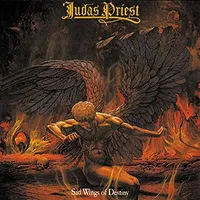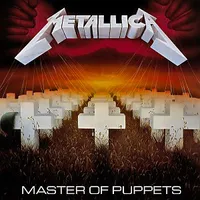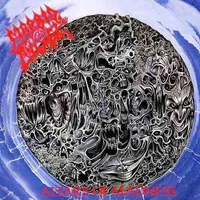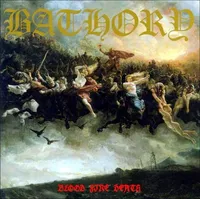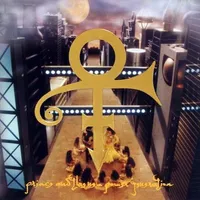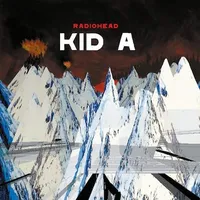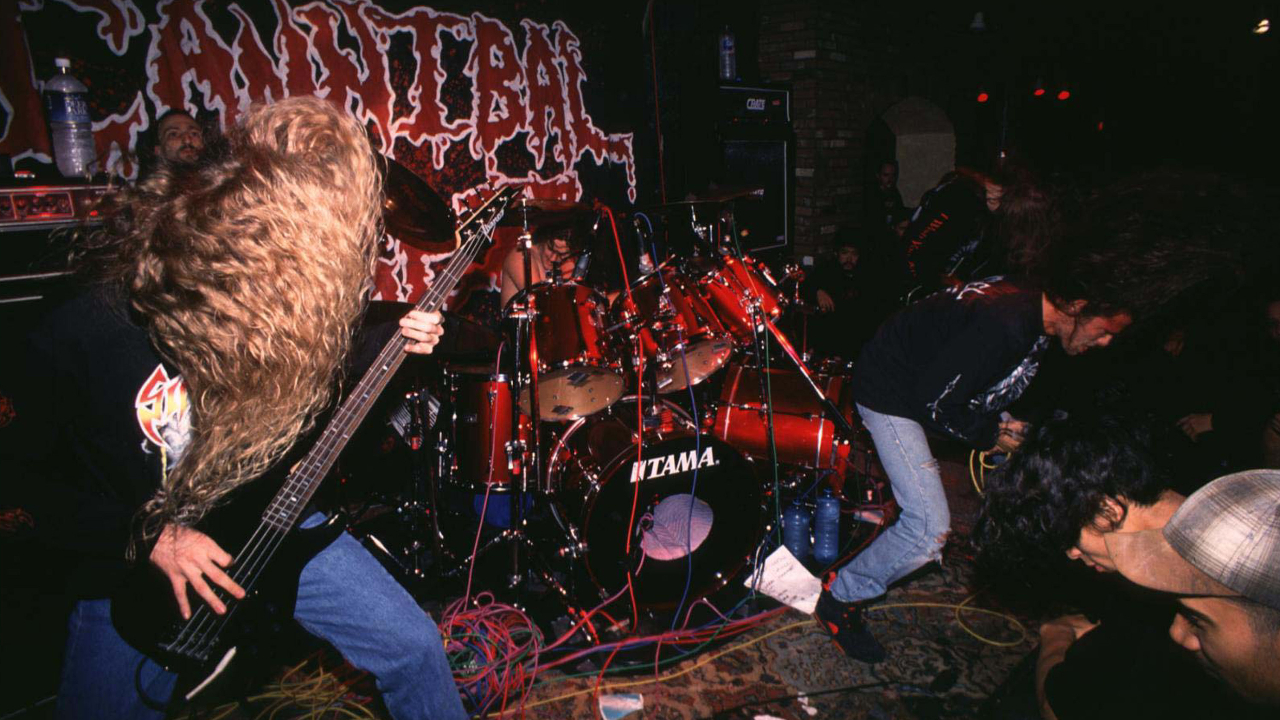Ihsahn: 10 albums that changed my life
From black metal to 60s pop, this is the soundtrack to Emperor frontman turned prog metal visionary Ihsahn’s life
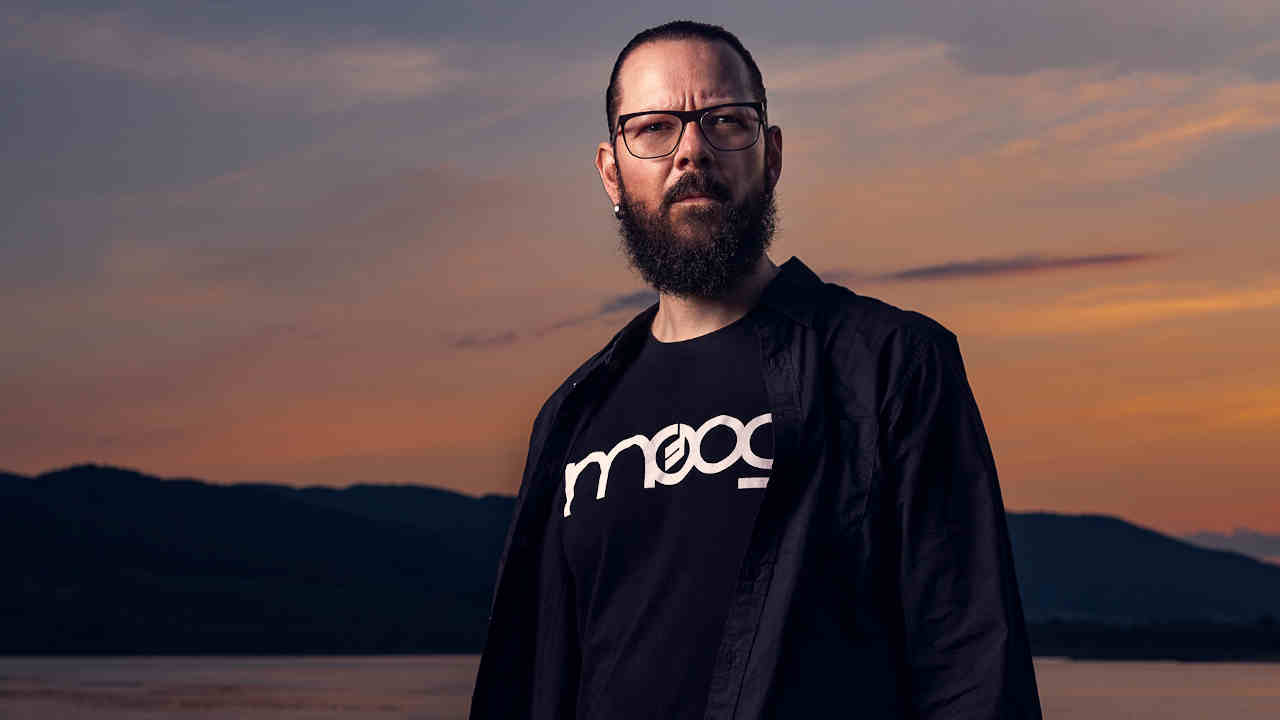
Ihsahn’s taste in music covers the spectrum from extreme metal to orchestral 60s pop, but there’s one thing that unites it all. “It’s all rooted in integrity and what is real,” says the man who helped lay down the foundation stones for modern black metal with Emperor before veering off into the realms of prog-metal as a solo artist. “If you’re not into mainstream music, they’re the things you look for, consciously or not.”
The Norwegian musician – who has just released his expansive new EP Pharos, a companion piece of sorts to this year’s black metal-inspired Telemark EP – has given plenty of thought to the list of 10 albums that have changed his life. “They’re chronological,” he explains, “in terms of when I got into them.”

Iron Maiden – Seventh Son Of A Seventh Son (1988)
My father took me to see Iron Maiden on the Seventh Tour Of A Seventh Tour when I was 13. I'd been playing guitar since I was 10, I was having fun with it, but when Bruce Dickinson came jumping onstage with the pyros going off, singing “I am he…”, from that moment on I never had a Plan B with my life.
The Seventh Son Of A Seventh Son album was a big turning point for me. It expanded what I knew on guitar - to this day, I always write for twin guitars. And in many ways it’s a blueprint for me in terms of what an album should be in terms of the way it ebbs and flows, with a long epic song.
I remember at the start of black metal, with all the church burnings and everything, Nicko McBrain was asked in an interview, ‘What do you think of these crazy Norwegian black metal guys?’ And he said, ‘What a bunch of wankers!’ or something. I remember thinking, ‘Wow, Nicko McBrain knows who we are.’ I got to shake his hand at the Metal Hammer awards once. Did I tell him who I was? No, I didn’t.
Judas Priest – Sad Wings Of Destiny (1976)
For a long time, I would have said Painkiller was my favourite Judas Priest album. Just the song Painkiller took heavy metal to a new extreme. And then I heard Sad Wings Of Destiny, and it was, like, ‘Wow.’ It’s such a rich album. You have The Reaper, Victim Of Changes, there are progressive elements, elements that could be early Queen, all the mellower parts that Rob is doing on that album. For me, that's such a huge inspiration – that the same band could do Sad Wings Of Destiny and Painkiller.
Metallica – Master Of Puppets (1986)
That’s a landmark, of course. But I was introduced to it kind of blindfolded. I had a cousin who taped it for me on a cassette. It just said: ‘Metallica – Master Of Puppets’. We didn’t have the internet or magazines – I had never seen a picture of Metallica, I didn’t see the artwork. I just had the music, and it was something I’d never heard before. I listened to it over and over, to the extent that when I heard some of those songs later in life, I would experience similar smells that I experienced at the time. I went from traditional heavy metal to this. It was around this time, when we were 13, that I started playing in a band with [future Emperor guitarist] Samoth.
Morbid Angel - Altars Of Madness (1989)
It's a beacon of extreme metal. For me, David Vincent is the vocalist when it comes to death metal. He’s so articulate, it's done with so much authority - it's not just this guttural sound that you can't make out. His lyrics and his performance just hits you – you believe every word he’s singing. I recorded my first death metal songs in a band we had called Embryonic. I was 14, so I hadn't really reflected on articulation- I was just trying to make those guttural sounds.
Bathory - Blood Fire Death (1988)
It’s the quintessential black metal album for me. Quorthon is the only influence as far as black metal vocals go. Death metal was always quite one-dimensional as an expression of aggression. Black metal was extreme and aggressive, but it has a depth of fragility. You can hear that in Bathory. Quorthon was doing extreme vocals, but he would sometimes break into his regular voice. There was a cry of desperation there. You can express anger and hostility with black metal, but you can also go to that on-your-knees existential crisis. You got that with him. Plus it also brought in keyboards and choirs in the background. It added a majestic element.
Diamanda Galas - Plague Mass (1991)
Diamanda Galas started out as a really experimental artist. A lot of her stuff was only vocals and effects - screaming, impressionistic, freeform, almost like performance art poetry. Plague Mass was a live album she recorded in a cathedral, and it was on constant repeat for me. I’d listen to it all night. If I feel asleep, I’d just wake up and turn the vinyl over. Her voice conjured up that black metal feeling just as much as any Bathory album. That started me on a path where I realised that black metal, for me, was not a certain set of a certain sound. It’s a feeling, an attitude.
I saw her do this show live in Oslo. It was the strangest audience you will ever see. Because of the political thing [Plague Mass was a requiem for victims of the AIDS epidemic in the 80s] she had the entire gay, lesbian and trans community there. But you had the entire black metal scene there too, because it was so dark – her first album was called Litanies Of Satan. And she stood there onstage, with black hair and candles, with ‘We are all HIV+’ on her knuckles, pouring blood over herself. To this day, it was one of the most powerful shows I’ve ever seen.
Jerry Goldsmith – The Omen OST (1976)

It's one of the most evil-sounding soundtracks of all time. Orchestral, dissonant music with big choirs singing Ava Satanas - it fell right in with everything else I was listening to. I liked The Omen because of what it represented: it wasn’t horrifying because the bad guy was a monster, it was horrifying because the bad guy wasn’t a monster. It was the eerie mystery around it all. That’s kind what we deal with in metal as well: is the bad guy only the bad guy? You see all the good guys and they may be corrupt. It shows today's political climate proves.
Prince & The New Power Generation – The Love Symbol Album (1992)
Prince was someone I discovered later in life. I like Purple Rain, but there are several albums after that that are far more experimental, more interesting.
This is the one with My Name Is Prince and Sexy MF on it. It had such a variety of songs, it just appealed to me. And there are some details on guitar that are just mind-blowing. As I guitar player, I do not know what it is he’s doing some of the time.
That’s the saddest thing about him being gone - he was one of the last artists who are not connected to the rest of us. Michael Jackson was the same. They could try to pretend to be normal people, but you could see that they’re not.
Radiohead – Kid A (2000)
I love OK Computer - it’s one of the most perfect indie records ever made. And as a response to the success they had with it, they turned everything on its head and made an electronic record, but one that maintained the integrity of sounding exactly like Radiohead.
That idea was another huge inspiration for me. I’d rather be a chameleon, like Radiohead or David Bowie. I never make an attempt to sound like someone else on my albums, I just try to sound like myself in a new way.
Scott Walker – Boy Child: The Best Of Scott Walker 1967-1970 (1990)
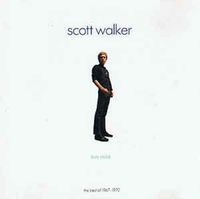
It was Mikael Akerfeldt from Opeth who introduced me to Scott Walker, through his later, more experimental stuff. And through those later records, I went back to his first records, Scott I to 4, and discovered all this beautiful music.
For me, it was the juxtaposition of this rich, crooning voice and lush orchestra with these really dark lyrics. I love the sound and texture of it too – it doesn’t sound modern and clean. It’s like modern movies with all the CGI are really in your face, but they don't feel very artistic. Things like this, they sound timeless.
Sign up below to get the latest from Metal Hammer, plus exclusive special offers, direct to your inbox!
Dave Everley has been writing about and occasionally humming along to music since the early 90s. During that time, he has been Deputy Editor on Kerrang! and Classic Rock, Associate Editor on Q magazine and staff writer/tea boy on Raw, not necessarily in that order. He has written for Metal Hammer, Louder, Prog, the Observer, Select, Mojo, the Evening Standard and the totally legendary Ultrakill. He is still waiting for Billy Gibbons to send him a bottle of hot sauce he was promised several years ago.

